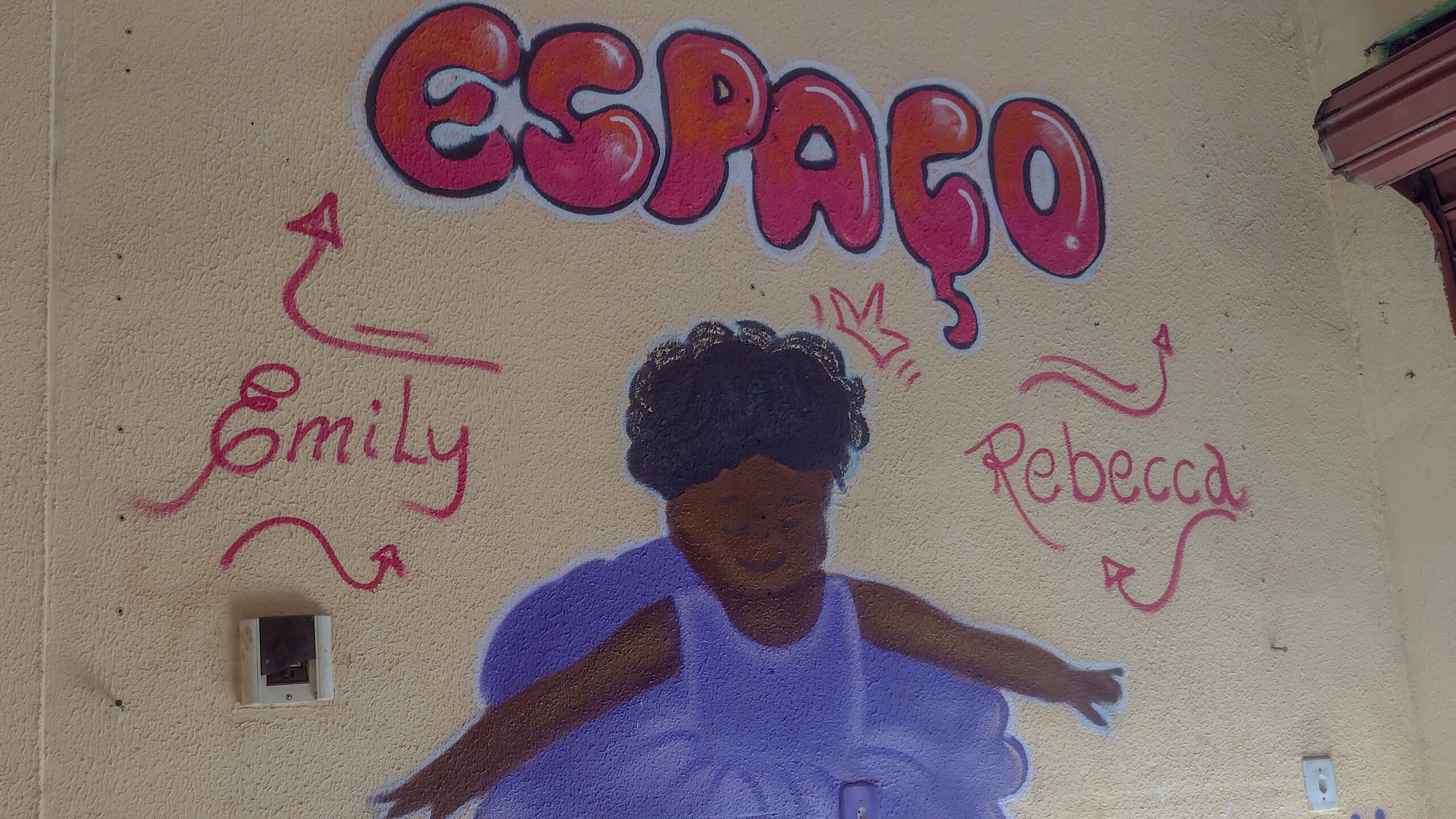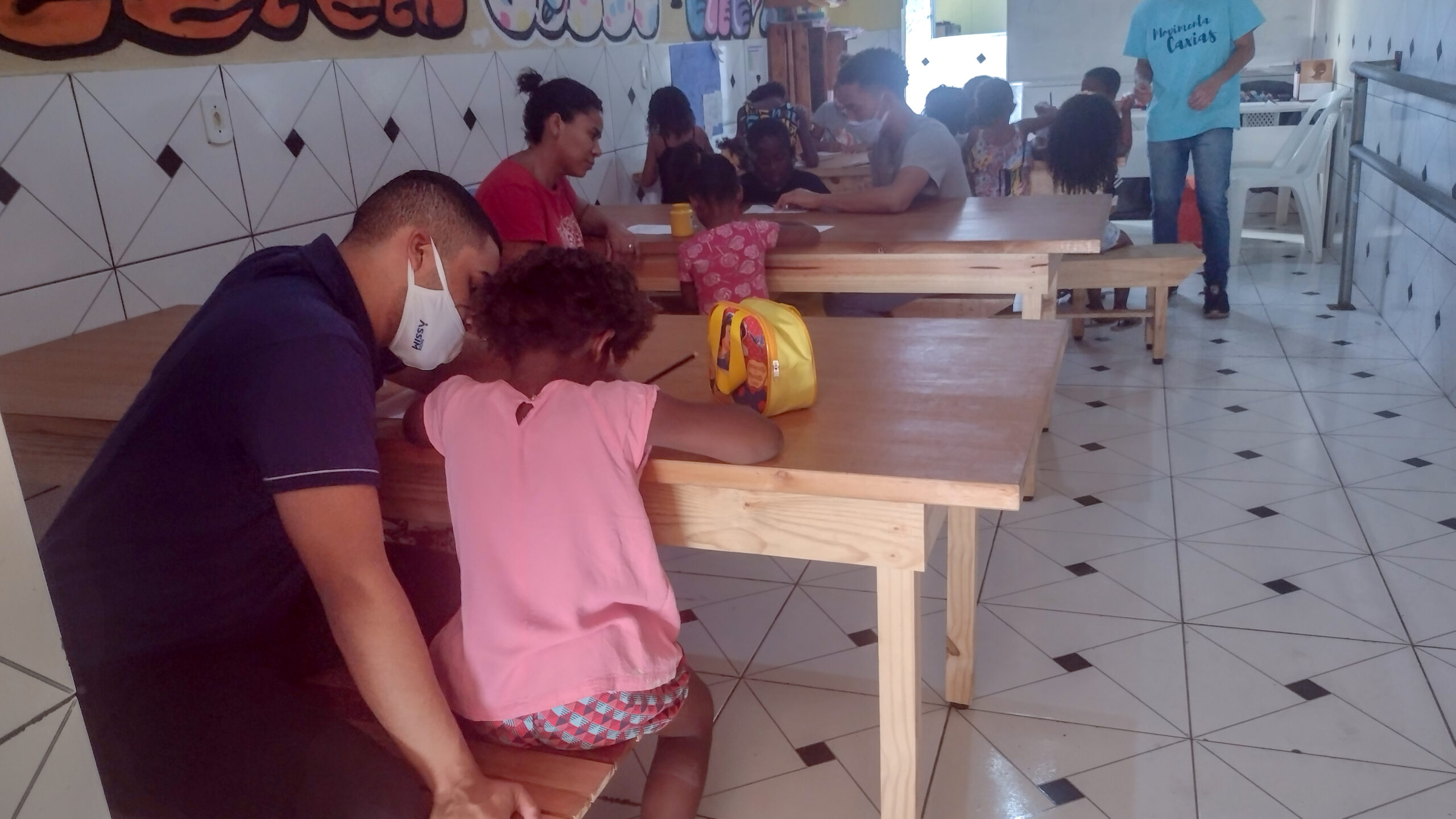Baixada Fluminense: land of culture and hope
See how organizations from Baixada Fluminense promote culture and art, against the media's eyes.


By: Renato Silva / Lupa do Bem – Favela em Pauta
Baixada Fluminense is a region made up of 13 municipalities, despite looking like a city when portrayed on TV and in the newspapers. Most of the region are made up of new municipalities, except Nova Iguaçu, Itaguaí and Magé — the oldest municipality in the region —, and the other 10 were founded between the ’40s, and ’60s and ’90s. The most populous of them is Duque de Caxias, with around 1 million inhabitants, according to the Brazilian Institute of Geography and Statistics (IBGE).

If you do a Google search, searching for “Baixada Fluminense”, it’s possible to see at least 9 results about violence and death in the first 10 articles. But while hegemonic media share this misleading view of the region, it’s possible to get to know centers that emerge with the mission of spreading culture, education and new possibilities.
This is the example of the Donana Cultural Center, located in Belford Roxo, a reference space for the promotion of cultural and artistic activities. Founded in the mid-1980s, the space was created in honor of Ana Alves do Nascimento – matriarch of a northeastern family, from Pernambuco – eradicated in Baixada Fluminense, like so many others. Donana was known locally as a rezadeira, receiving families in her backyard to receive their prayers.
From faith to the spread of culture
Mother of ten children, Donana inspired most of her children to care about the community. The current coordinator of the Donana Cultural Center and Dona Ana’s son, Dida Nascimento, says that first his sisters sought academic training and began to teach children in the backyard, and the brothers, one after the other, developed their skills for natural construction of something bigger than just a family backyard.
Starting from faith and basic education, going through musical rehearsals, boxing, capoeira and many other activities, Dona Ana’s backyard established itself as well as the Donana Cultural Center. “We didn’t see that this would be, in the future, a cultural center, but this is very natural to happen, due to the demands and needs of the place, right? And you see that the neglect of the public power is very great, and today the same thing [neglect] remains, but we have advanced through dedication, donation and participation of several people”.


In this way, the Donana Cultural Center, a house where popular education is practiced, full of cultural and artistic manifestations, located in the Piam neighborhood, became the perfect setting for the promotion of a musical generation that gave rise to bands like KMD5 , Negril and Cidade Negra, which coordinator Dida Nascimento celebrates. “I would say that we are so lucky to find talented people who come here and come together to discover and grow, believing in their potential”.
At the end of the 2000s, after difficulties and interruptions, 2009 marked the return of the cultural focus at 197 Aguapeí Street. The Donana Cultural Center returned to activity, thanks to the initiative of a new volunteer generation from the Baixada Fluminense, formed by cultural agents, musicians, filmmakers and artists. In its first year of operation, counting only on the support of these volunteers, the cine club held about 200 free film sessions, between children and adults.
Currently, Dida comments that the Donana Cultural Center welcomes several young people who are there to dance, play capoeira, do reading circles, create their films and do a wide variety of activities. “We are a film club, we have capoeira classes, Maculelê Samba de Roda. There are urban dance classes, guitar and music classes. We also offer the community the exhibition, debate and events, right? For example, the Reggae Donana is a land of the history of music, we have Donana na Rima, which is about hip-hop, and we have a fashion class, Sarau Donana, which continues with literature, and writing”, reports the coordinator.
With the pandemic, the organization migrated all the content of classes to the internet, on the Donana Cultural Center channel and the coordinator commented the importance of keeping this work alive. “We recognize today, trying to make more serious management and in the sense of really taking [this work forward], bringing sponsorship for us to continue and bring professionals, or train professionals, to work in the cultural part. And we are in a pandemic, so meetings are very difficult. All our meetings are on the internet, and we come back as soon as we have at least 70% of the population vaccinated”, concludes Dida.
Transforming pain into hope
Unlike the previous initiative and very recently, in Duque de Caxias, in the Pantanal neighborhood, the seed of hope has been planted for just over a month, at Espaço Emily e Rebecca.


With a beginning inspired by a sad moment of pain for the Pantanal neighborhood, in Duque de Caxias (RJ), a space emerged from the mourning caused by the loss of cousins Emily and Rebecca, aged 4 and 7, respectively. They were killed in a disproportionate and criminal police action that took place on December 4, 2020, and remains under investigation.
The collective Movimenta Caxias, which accompanied and welcomed the cousins’ families, decided not to stop at the necessary reception service. The organization joined forces with residents uncomfortable with the situation and other groups to propose a space where it was possible to rescue and protect the memories of the little girls Emily and Rebecca, but also to propose a different future for the children of the region.
Carol Bulhões, one of the coordinators of the space and a member of Movimenta Caxias, says that after what happened, after having close contact with the residents of “Reta” (a well-known street in the Pantanal neighborhood), she noticed the demand from neighbors concerned about children. “We met Tia Lúcia, the owner of the space, who was interested in acting, and we needed the space. It all worked out, right? And then, when we had this opportunity to build here, the first thing that came to everyone’s mind was ‘the name has to be Emily and Rebecca, this cannot be forgotten’”, says Carol.


The objective is transparent: taking children off the streets, away from violence, says the coordinator. “Today, we are serving more than 150 children with school complement and ballet classes. Emily’s family comes here every week, her cousins, her brother, they teach here”.
Classes start, the children are still arriving, and “aunt” Carol Salles, one of the coordinators of the space, reminds one of the children, who arrived in a hurry, of the importance of saying “good afternoon”, while she remembers the what they are doing there. “Our goal here is to give children a different vision of life. We know that what [we are] doing is an obligation of public education. But we, due to the lack of this basic work, end up playing this role”, complements the also coordinator Carol Salles.
The Emily and Rebecca Space works on Travessa Americana, in the Pantanal neighborhood. For any contact or contribution, just talk to the Movimenta Caxias team on social media.


